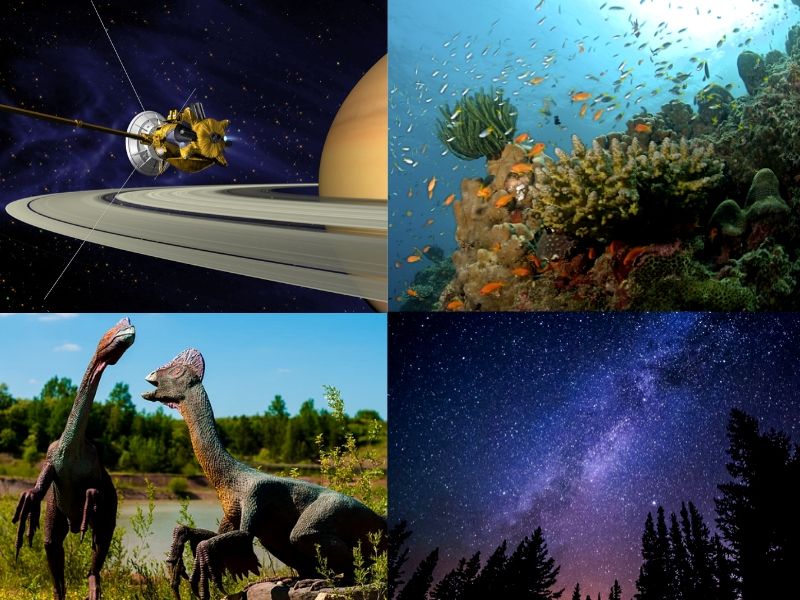On this occasion, here’s a look at the 10 major scientific discoveries of the past year (2019):
The Saturnian Day
We finally know how long a day on Saturn lasts. It was difficult to find out before as there were no permanent visible “land marks” to observe and time. Researchers finally figured out the duration using Cassini’s measurements of the rings. We now know that a day on Saturn lasts 10 hours, 33 minutes and 38 seconds.
Crystallised Stars
Researchers found the first-ever direct evidence of a white dwarf star turning into a crystal. The research proved that the skies are possibly full of crystallised stars and our own star, the sun, is on the process of becoming a crystal in another 10 billion years. The finding also suggested that some stars are billions of years older than previously estimated.
Weighing the Milky Way
Back in March, researchers managed to weigh the Milky Way galaxy more precisely. According to the latest measurements, it weighs 1.5 trillion solar masses, which is more than twice the previously estimated figure. 90 percent of the mass in the Milky Way is attributed to the mysterious substance known as dark matter.
Recommended: Dr Vithal Tilvi, the founder of the farthest group of galaxies
The day the Dinosaurs died
For the first time, researchers identified a fossil formation that preserved the series of events leading to the extinction of dinosaurs on the day of the Chicxulub meteorite impact. The study published on September 24 in the Proceedings of the National Academy of Sciences explains an hour-by-hour breakdown when an asteroid struck the Yucatán Peninsula.
Black Hole image
Using an astronomical instrument with a giant-size aperture, researchers could grab a picture of a black hole for the first time. The below image show the lighter particles rushing towards the Earth, while the darker core represents particles moving away. Although it is not the only black hole in our galaxy, it appears the largest from Earth. This historic achievement was a collaboration of many observatories, universities and scientists from around the world.
Mars Earthquakes – ‘Marsquakes’
NASA’s newest Mars lander has confirmed that earthquakes and aftershocks happen regularly on the red planet. The seismometer from the InSight spacecraft has detected scores of marsquakes – almost 174 marsquakes were reported last September. 24 of them were of 3-4 magnitude, the rest were smaller.
Retracing origins of humans
Research conducted through a Philippine cave in 2007, 2011, and 2015 found bone fragments from a new species of hominid that lived almost 50,000 years ago. The scientists reported in the journal Nature on April 11 that the new species, named Homo luzonensis, belongs on our family tree.
New Horizons Spacecraft Images Arrokoth
In May, researchers found that the New Horizons Spacecraft’s flyby of Kuiper Belt object 2014 MU69 is a snowman-shaped asteroid, also called Arrokoth, which is the farthest object ever explored by a spacecraft.
Recommended: NASA intern discovers new planet on third day of internship
Darwin’s Paradox Solved
Charles Darwin’s question as to how coral reefs could flourish in barren waters has been solved by scientists after nearly 200 years. Called Darwin’s Paradox, Smithsonian ichthyologist Carole Baldwin, in a study published that the larvae of small fishes that tend to dwell near or in the seabed, called cryptobenthic fishes is possibly the unaccounted source of food necessary to support life in coral reefs.
Ebola treatments
During the 2019 outbreak of Ebola in the Democratic Republic of Congo, scientists of National Institute of Allergy and Infectious Diseases announced that they have discovered two Ebola treatments – a vaccine and an antibody cocktail called ZMapp, both of which have been found to increase the chances of survival of humans up to 90 percent.
